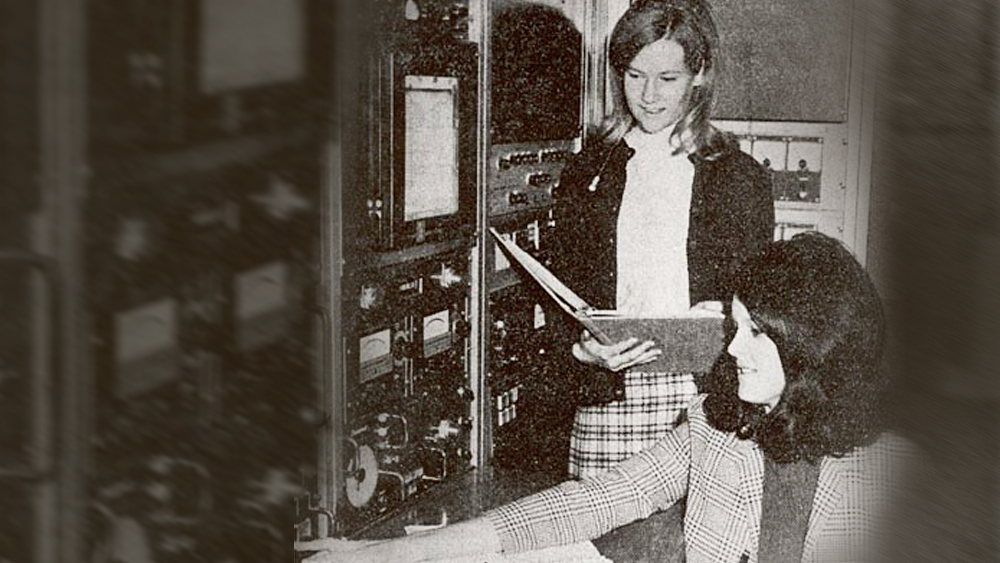
Only five years after women were allowed to attend Texas A&M University and before women were allowed to live on campus or join the Corps of Cadets, Linda Morris ’71 and Maureen “Reenie” (Turk) Smith ’72 ’75 embarked on a journey to go where no woman had studied before: the Department of Nuclear Engineering.
Serendipity almost
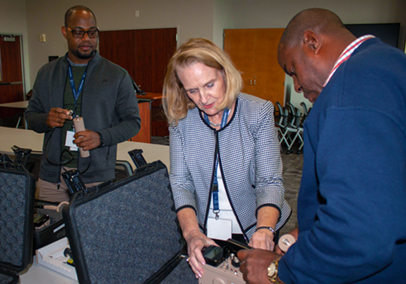
Morris’ path to nuclear began with a chance encounter. She ended up taking radiochemistry at Lamar University in Beaumont, Texas, her senior year and was introduced to health physics during a visit to the Nuclear Engineering and Science Center. Health physics is the discipline responsible for the protection of humans and their environment from the harmful effects of ionizing radiation while providing for its beneficial uses. The visit inspired her to change her plans from becoming a microbiologist in Colorado to obtaining her master’s in health physics at Texas A&M.
“Health physics united all my interests: the life sciences, engineering, physics and math,” said Morris. “It was serendipity almost, if I hadn't decided to take that radiochemistry class I wouldn’t have found my career. Never in my entire life have I regretted it. Health physics has been a great career field for me all these decades and I still visit Texas A&M.”
Morris started in the fall of 1970 and fondly remembers the time she spent in Evans Library studying lymphocyte pyknosis following cobalt-60 gamma irradiation and its biological effects for her master’s thesis. She completed her studies in December 1971. “I was only there about a year and a half, but that was a very critical year and a half in my life,” said Morris. “It made all the difference. There were only the five of us in my cohort so we were very close. I remember pulling all-nighters in the basement of the Cyclotron Institute, which had the only computer available at the time.
“The curriculum was challenging. Then there were all the stresses anyone faces when trying to get your research completed, your thesis written and undergo oral exams. I knew I would have to work hard to get a degree of value though.” Morris didn’t have any female role models, but the wives of the faculty members provided support. Morris said she always felt welcomed and accepted by the engineering department and by the health physics community. She appreciated her professors who led by example, sharing the practical and academic aspects of being a health physicist along with being active members in the Health Physics Society.
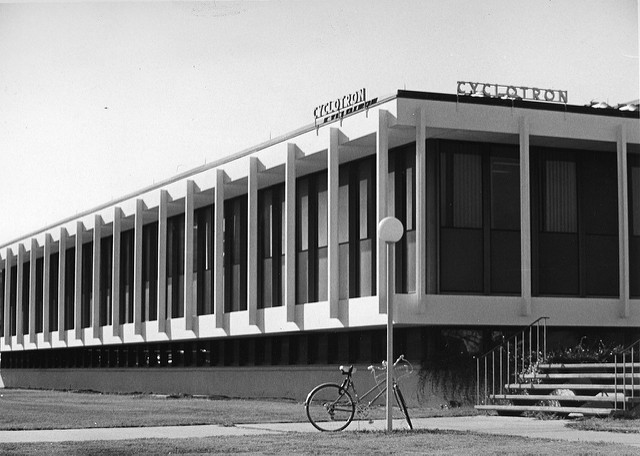
Thirty-six years after getting her master’s, Morris was named a fellow of the Health Physics Society and, in their 50-year history, was only the 22nd female to be made a fellow. “Now there are many women in the health physics field,” she said. “I am very pleased to say that I enjoy working with many of them even to this day. When I visit campus, it’s delightful to see the new Zachry and so many female students there.”
She’s a member of the State of Texas Health Physics Society and the student assistance chair, so she works with college students in Waco and in College Station. At least once or twice a year she talks to Dr. Kenneth Peddicord’s class about health physics. Peddicord is a professor of nuclear engineering and the director of the Nuclear Power Institute. “I hope students will consider the health physics option because it will open doors to a really promising career,” she said.
Morris is a licensed medical physicist and has worked for the state of Texas primarily in medical and academic health physics. She was appointed by Governor Perry in 2011 to serve as a state commissioner for the Texas low-level radioactive waste disposal commission.
Morris is currently the regional fair director for the Central Texas Science and Engineering Fair. The fair is for sixth through 12th graders and encourages students to consider a career in STEM. Morris is involved with the Nuclear Power Institute, where she teaches radiological protection concepts to International Atomic Energy Agency school students. “Students should enjoy every aspect of their career because new and different wonderful things can always happen,” she said.
Although the university has changed dramatically in size, the traditions have stayed the same. “Texas A&M has played a big role in my life,” said Morris. “I still say howdy to this day. I met my husband there, and my daughter went to medical school at Texas A&M. If I hadn’t taken that one radiochemistry class, none of this would have happened.”A feeling of inclusion
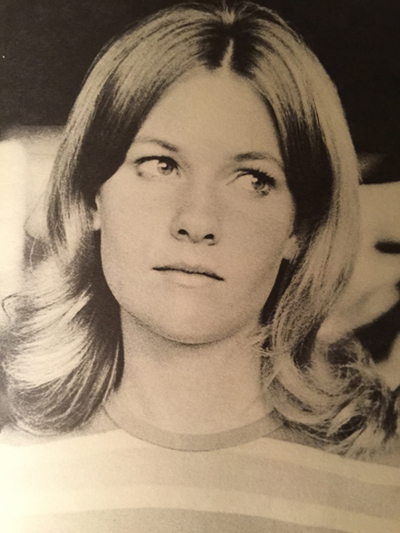
Turk-Smith started in the fall of 1968 in nuclear engineering. She chose engineering because she enjoyed math and designing, and chose nuclear engineering so she could attend Texas A&M, which had one of only three programs in the nation at that time. She also felt nuclear engineering — an innovative new field — would be more open to women engineers.
Her favorite memories from engineering included her engineering graphics class (which included designing a cement mixer for small DIY jobs) and going to the Cyclotron Institute.
“I still can’t choose a favorite Aggie tradition,” said Turk-Smith. “Instead, I think of the feeling of inclusion of being an Aggie, being part of a community that understands the meaning of the traditions, sharing the early experiences of the campus changing from all corps to non-reg and co-ed, yet still coming together in our commitment to Texas A&M and understanding how it furthered our success.
“I didn’t really have challenges with attending Texas A&M as one of the few, but increasing in numbers, females,” said Turk-Smith. “The student body was changing – ’68 was five years removed from ’63 when being a member of the corps was no longer mandatory. President Rudder’s leadership helped in the acceptance of women on campus. We were freshmen trying to focus on our classes, adjusting to the traditions and new environment. We were in this together.”
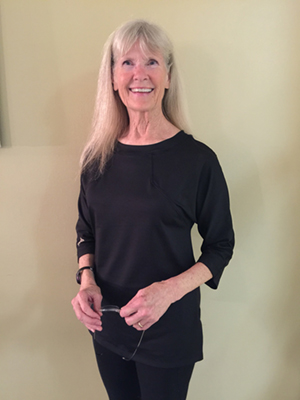
Turk-Smith switched to physical education with a physics minor her junior year. She recommends students in STEM should have a love of math and to seek a teacher or tutor who matches their learning style to guide them through the basic concepts. “Don’t be intimidated by other students – we all have our own learning progressions,” she said. “Enjoy what you are doing and where you are in the learning process.”
In 1972 she received her Bachelor of Science in physical education with a physics minor and in 1975 she received her Master of Science in health and physical education. For the last 32 years Turk-Smith’s role has been a senior lecturer in the Health and Human Performance Department at Texas State University, where she uses her engineering and physics background in teaching students how to move, increase their skills and stay healthy. Turk-Smith continued using her health background by serving on the Governor’s Advisory Council on Physical Fitness during Governor Perry’s administration.
Today there are 29,799 female students at Texas A&M, 4,207 in the College of Engineering and 88 in the Department of Nuclear Engineering.History of the department
The decision to enter the field of nuclear engineering was made in 1957, while Dr. John C. Calhoun was dean of engineering. The Department of Nuclear Engineering at Texas A&M was one of the first nuclear engineering departments in the country. At the time, when the academic council approved the recommendation for a nuclear engineering department, only two degree programs were administered: a Master of Science and Doctor of Philosophy in nuclear engineering. The undergraduate program was established in 1966.